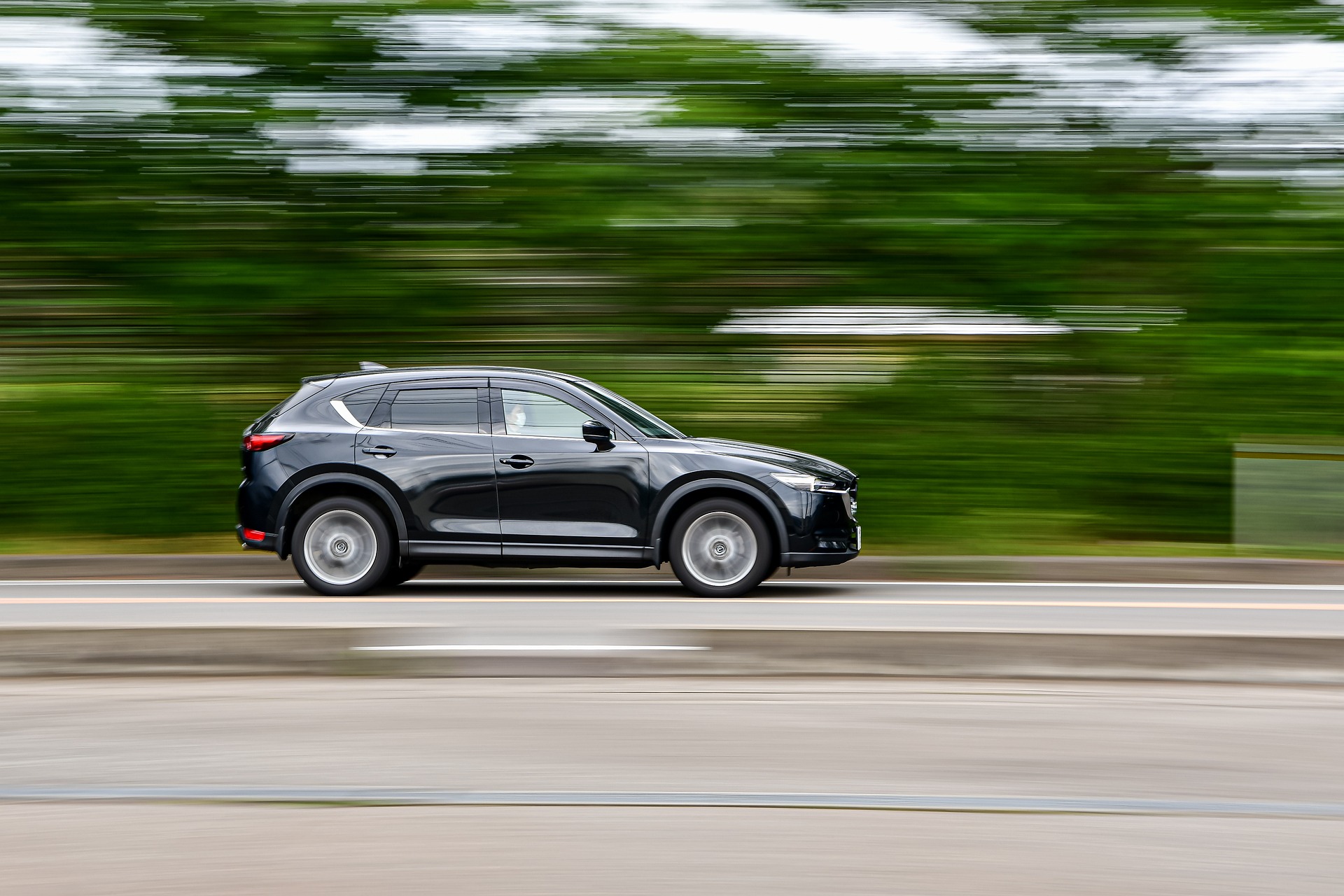Drifting into The New Age: The Science and Art of Powersliding
Introduction: Imagine the exhilaration of taking a corner at high speed, the rear wheels losing traction as the car slides sideways in a controlled, precision maneuver. This is the art and science of powersliding, a driving technique that's as thrilling as it is technical. Let's plunge into the history, mechanics, and impact of powersliding on the automotive world.

The Origins and Evolution of Powersliding
Powersliding, also known as drifting, was born in the mountainous regions of Japan in the 1970s. This high-adrenaline sport saw drivers intentionally oversteer, causing loss of traction in the rear wheels or all tires, while maintaining control from entry to exit of a corner. The technique quickly gained popularity and became a cornerstone of racing culture worldwide.
Understanding the Mechanics
The mechanics of powersliding are complex, involving a delicate balance of throttle control, steering input, and weight transfer. The aim is to induce a state of oversteer, then control it with skilled steering and throttle manipulation. This causes the car to slide sideways while maintaining forward momentum.
Powersliding: A Game Changer in Motorsports
Powersliding has, over the years, transitioned from a mere driving technique to a fully-fledged motorsport. Drifting competitions, such as the D1 Grand Prix in Japan and Formula Drift in the US, have brought this exciting technique to the forefront of racing culture. These events judge participants based on style, speed, and execution rather than just the fastest time.
The Impact on Auto Engineering
The popularization of powersliding has influenced car engineering and design. Manufacturers have developed vehicles specifically tailored for drifting, focusing on aspects like steering angle, power distribution, and weight balance. Innovations like electronic stability control systems have also been introduced, allowing drivers to engage in powersliding with a safety net.
The Future of Powersliding
The future of powersliding is bright, with new technology promising to make this thrilling technique more accessible. Advances in simulator technology allow drivers to practice and perfect their skills in a safe, controlled environment. Meanwhile, the continued growth of drifting competitions worldwide is likely to keep this driving technique in the spotlight for years to come.
In conclusion, powersliding is more than just a way to take a corner; it’s a symbol of the dynamic, ever-evolving world of automotive culture. As technology continues to advance, we can expect this thrilling, technical driving technique to remain at the forefront of motorsport.




